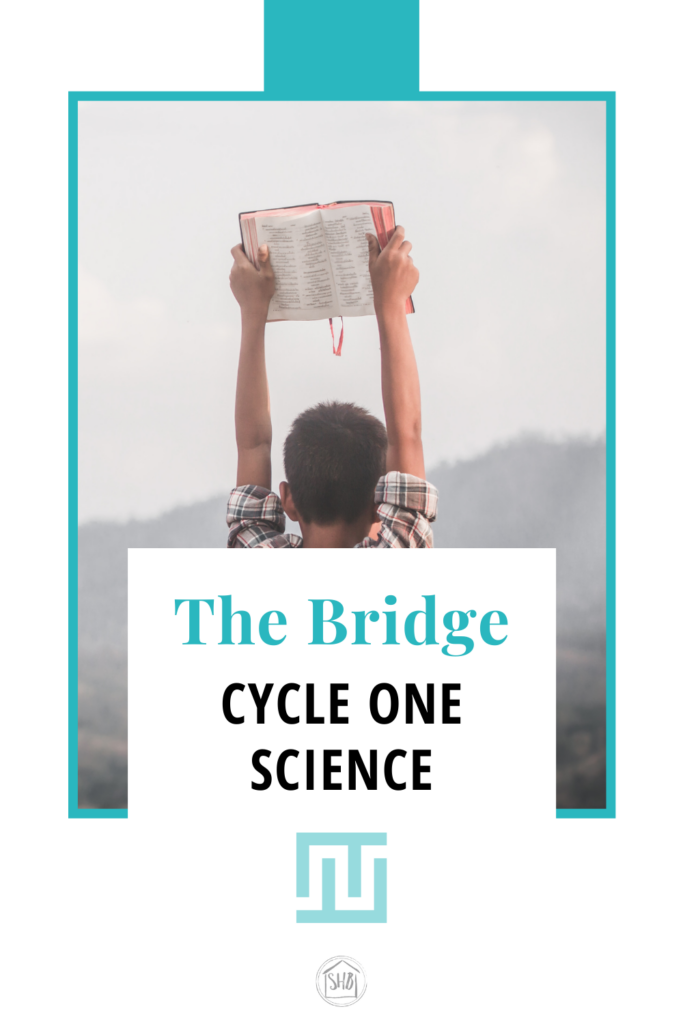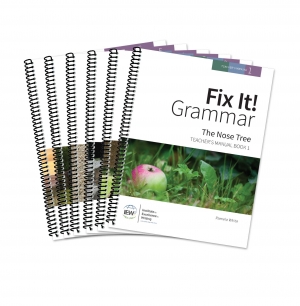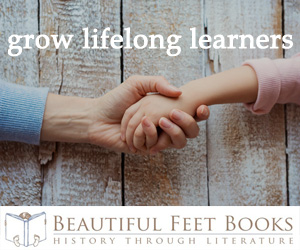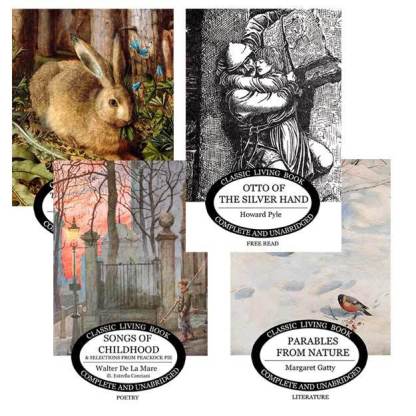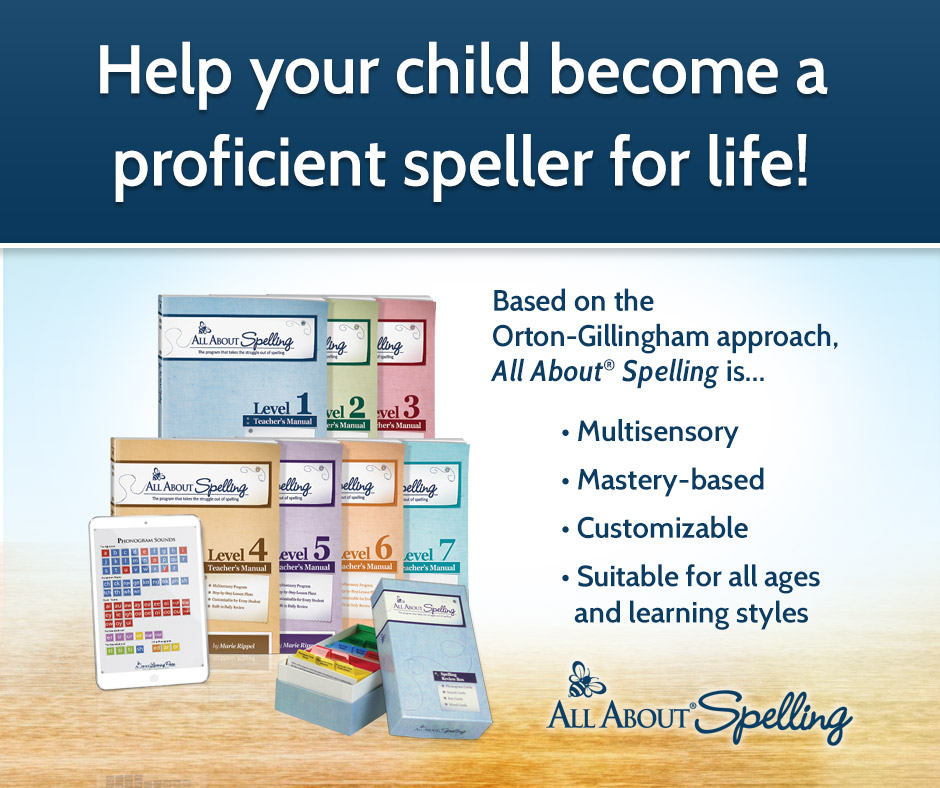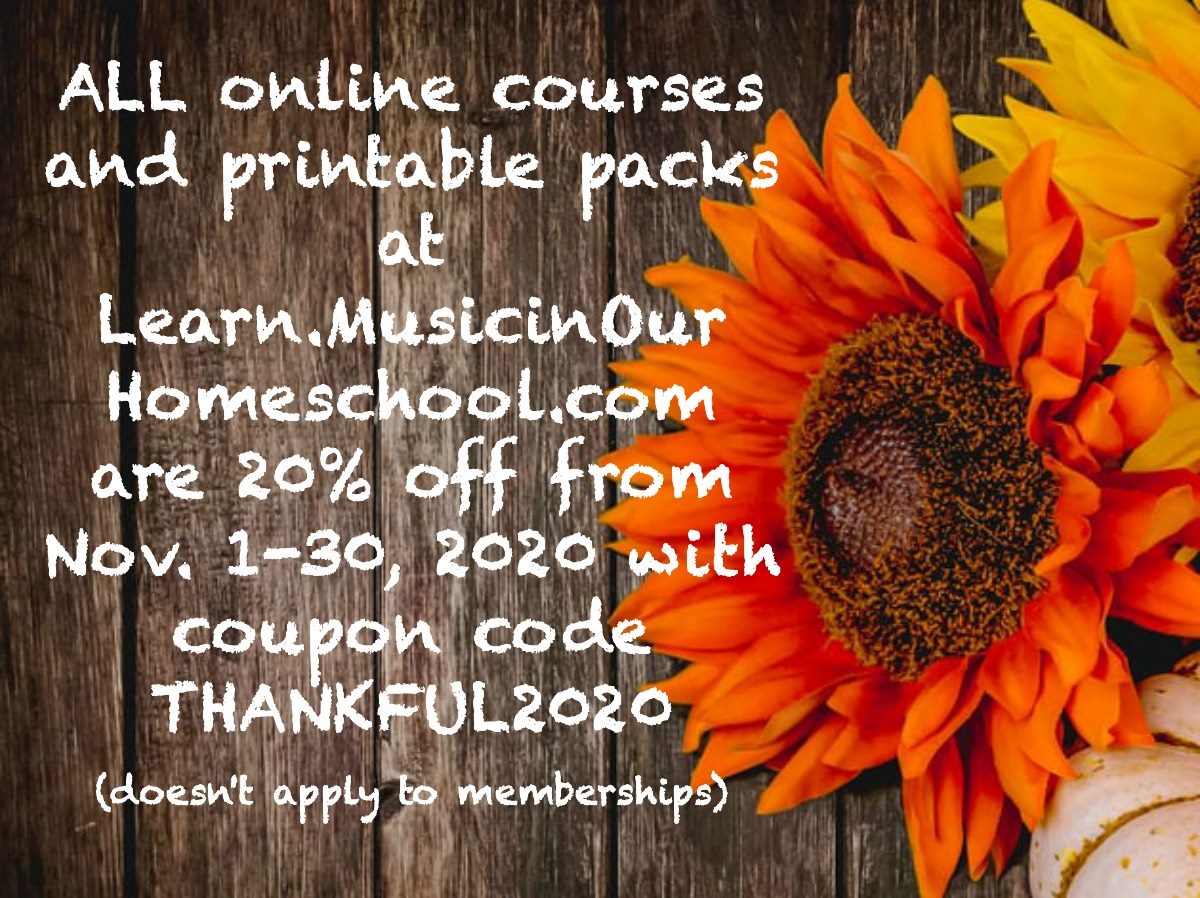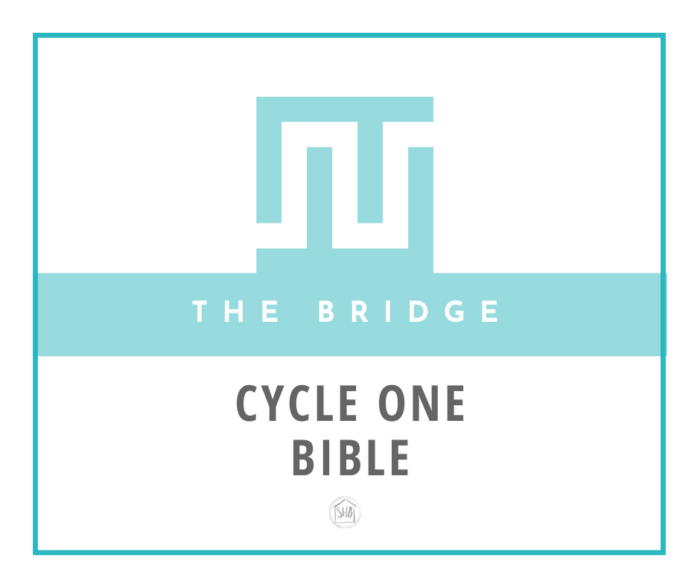
It is time – time for my kids to read the actual Bible for themselves. I couldn’t be more excited about this part of our homeschooling journey.
If you have followed along here at this blog throughout the past five years, you likely know I am a lifelong, passionate Bible student. Before four kids were a reality, I was a Bible study leader for a number of years. I miss it like crazy. In fact, the pull of attempting to figure out how I can possibly fit it in again is strong. But God has not, as yet, reopened those doors.
Instead I am tasked with leading my little flock in Bible study together.
This post may include affiliate links. If you click and make a purchase based on my recommendation, I get a small remuneration at no extra expense to you. I only recommend things I use and believe to be a blessing.
Over the years I have shared with you how we do Inductive Bible study together.
- I wrote a guide to getting started with inductive Bible study – with kids.
- We have a long-simmering series through the Gospel of John – verse by verse – it’s taking YEARS!
- Last year I wrote an Inductive Bible Study for Christmas – The Story of the Birth of Jesus.
But all these resources have been about me (the teacher) teaching my kids the Bible. As I am preparing the Bridge for my upper elementary students, I am planning on them taking on the task of reading and studying for themselves. How exciting!
I haven’t gotten a clear picture of what it will look like in our home just yet. It will make more sense once we are walking in it. However, I KNOW my kids will be reading every word of Scripture during “the Bridge” years. So, base level, they will be learning for themselves what the Bible says.
The Bridge Between CC and CM
In case this is your first time hearing about this Bridge, let me fill you in on some quick details about what is going on here.
- Our homeschool is what I would call Classical with Charlotte Mason influences. I am not slavish about any of the curricula or resources I use because the last time I checked none of them actually teach my kids. {Well, besides Saxon Math, but I had a little something to do in the early years. Even then Saxon is not my master.}
- I love the two approaches and have used them in our Early Elementary years. But I noticed they will not always be compatible. It’s not their approaches – because I believe them to be more alike than they are different – but their workloads.
- The upper elementary years of both Classical Conversations and Charlotte Mason (we use Ambleside Online) are jump years. Fourth grade is when students in CC enter Essentials – with a heavier work load. Year 4 is when CM/AO students’ workloads become heavier – Plutarch, Shakespeare, Latin, etc. The student is stretched, no matter which way the parent leans.
- By seventh grade/Year 7, the divide is so great between these two programs in terms of workload; a choice must be made.
I want to be there for my kid, bridging that gap for as long as possible. There will be a day when we will be left on one side of the river. The idea is for us to make as many journeys across the waters, using the tools afforded by both sides, so the tools remain.
Also, I can’t quite bring myself to burden my student with such onerous work in upper elementary. There are plenty of years for 7 hour school days ahead. Now, I want to continue to feed my kids good living books, while building the solid foundation for their future educational pursuits.
Oh, and I am not doing any of this stuff perfectly. If you see something which sparks your imagination for your homeschool, wonderful! This is all about blessing one other homeschool mama, not about showing off.
What We Have Done in Early Elementary with CC and CM
Since there is very little structure for Bible studies in the early elementary years of both Classical Conversations and Ambleside Online, we have forged our own path. As I mentioned we have labored through a family-style Inductive Study for Kids through the Gospel of John. We have also memorized passages of scripture through both our local Classical Conversations community and our Awana program.
Most of the time we have ignored the Ambleside Online reading suggestions for the early years in favor of our personal choices.
Why Not Keep this Approach?
While we are in these upper elementary years of the Bridge, we will still maintain our family Bible study – still walking s-l-o-w-l-y through the Gospel of John together. But I want to give my Bridge students the opportunity to read the Scriptures for themselves, while teaching them the habits of a good Bible student.
So, the Bridge does not forsake our previous approach to Biblical studies. Rather, I am creating an additional piece for my Bridge students.
As far as a reading schedule, I am heavily modifying a Bible reading program I have done for a number of years. The program I use is a 5 day format.
Since our weeks in our homeschool are 4-day weeks, I am adjusting everything to fit the constraints of our school years. However, I am hoping the habit of Bible study will continue during our “breaks.”
How I Imagine the Bridge Working
So, as I said, I am looking to create this Bridge for the upper elementary years. Classical Conversations calls these years the Essentials years. Ambleside Online calls these Years 4 through 6. The idea is for my students to start the Bridge their first year of upper elementary. No matter which Classical Conversations cycle we are going through, the books and resources will be the same. I have selected books from all three of the AO years (4-6) and some other books from years 3, 3.5, and 7.
Thus, some of the books for a fourth-grader entering the Bridge will be “stretching” books. What stretches the fourth grader will be appropriate books for the fifth-graders and sixth-graders going through the Bridge that same year. Regardless of the age-grade level of the books, there will be fewer books per term and per year than Ambleside Online would have. Where AO would recommend upwards of 7 history textbooks for a year plus geography and biography, 5 science books plus biographies, and 4 novels plus other literature, I am only scheduling one or two books in each of those categories per term.
I am going to only refer to the cycle number of Classical Conversations in naming the elements of the Bridge. This program is intended for 4th-6th graders. The only thing that changes each year is the cycle.
The Bridge – Bible Cycle One
I feel like there has been a LOT of prefatory remarks about this Bridge. Keep in mind I am trying to answer all the questions which come into my head. However, I am sure others will have more questions. Please ask away!
If you are like me and want to read even more, I’ve got you! Here are the other articles I have written specific to the Bridge:
- Combining Classical Conversations & Charlotte Mason in Upper Elementary
- Charlotte Mason in our Classical Homeschool
- The Bridge – Cycle One History
- The Bridge – Cycle One Literature
- Rough Schedules: Shakespeare 2021-2022 School Year
- The Bridge – Cycle One Science
So without further ado, here’s how I am breaking down Bible for Cycle One.
Terms
There will be three terms per year, set up as 12 week terms. We homeschool on a 4-day week in Terms 1 and 2 – leaving a day for CC Community Day each week. Thus, the Bible readings for the week will be scheduled for a 4-day school week.
The first and third day of the week will be Old Testament passages, while the second and fourth day the week will be New Testament passages (and some Psalms sprinkled in).
Each Cycle the student will also read through the entire book of Proverbs chapter by chapter. Since there are 31 chapters of Proverbs and 36 weeks each Cycle, the student will have a little bit of wiggle room on where she places the Proverbs readings.
Resources
I know you have read a lot to get here! Stop the scroll, here’s what you need for Bible in all three cycles:
- A Good translation of the Bible – I prefer the NASB and do NOT recommend a dynamic translation. If you can find a Bible which has margins for your student and no “study materials” that would be much preferred. If you want to know more about selecting a “good” Bible, please read this article.
- A journal – I would truly love to be able to share a resource here for you. Indeed, I have one in my mind, but limited time this summer has not allowed me to bring all the ideas I have to fruition. In view of that, I recommend these journals for students.
- Four colors of pen – I am going to teach my students how to mark their Bibles with just four pen colors. I prefer these pens for my Bible study. They do not bleed through the thinner pages of my Inductive Study Bible.
It is my sincerest hope to also put together some Bible study helps for my students. If I do, I will pass them on to you, of course. To stay in the loop on updates and resources for the Bridge, I recommend you subscribe to my Bridge specific email list. It will not double-subscribe you if you are already a subscriber. And it lets me know you are interested in hearing more about the Bridge.
In the meantime, I recommend this:
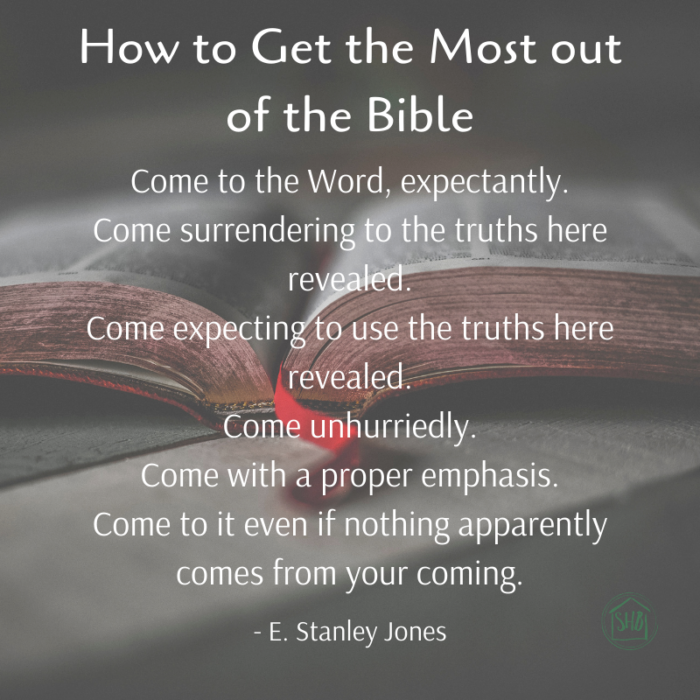
The Schedule for Bible for Cycle One
I am still working on putting all this into a printable schedule for you. Instead of releasing the schedules individually, I will be creating an overall master schedule similar to the ones you will find in AO.
Cycle One will cover the Pentateuch (Genesis, Exodus, Leviticus, Numbers, Deuteronomy), the conquest of the Promised Land (Joshua) and most of Judges in the Old Testament. In the New Testament, students will read both Mark and Luke’s gospels, four Pauline epistles (Galatians, Ephesians, Philippians, Colossians), as well as Hebrews.
As I mentioned above, there are also a number of wisdom literature readings throughout the Cycles. The Psalms are sprinkled in throughout. Proverbs is read through once each cycle. Thus, by the end of the three years, students will have read through Proverbs three times – a practice I believe to be absolutely necessary for kids this age.
Following the Bridge
Are you interested in hearing more about this Bridge? You can get updates and extras when you sign up to get my emails. I have a specific email list for you. Here’s the sign up.
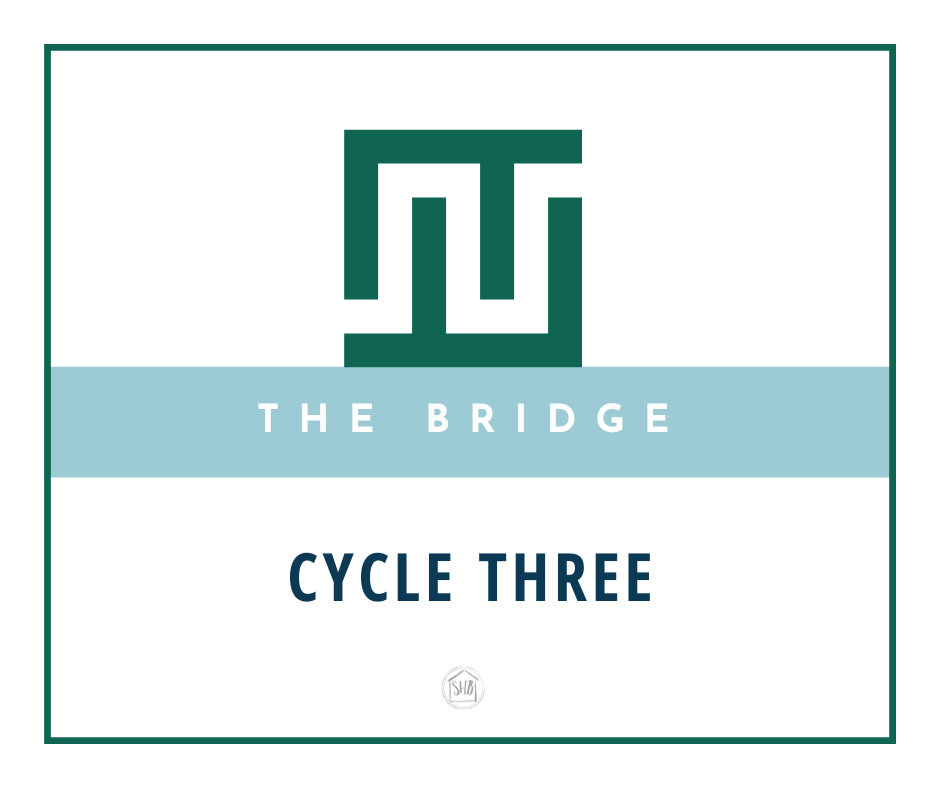
Looking to continue navigating the paths between Charlotte Mason and Classical philosophies in the upper elementary years? Please sign up here. If you are already a subscriber, it will NOT double-subscribe you.
